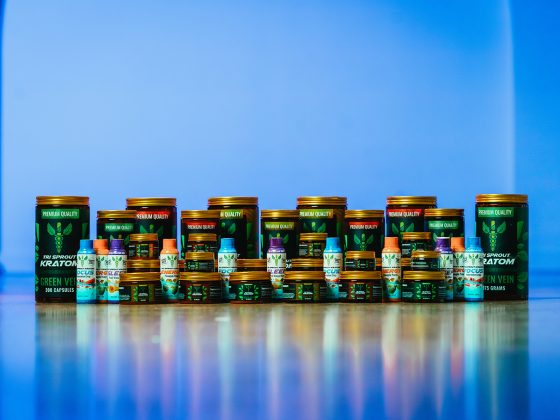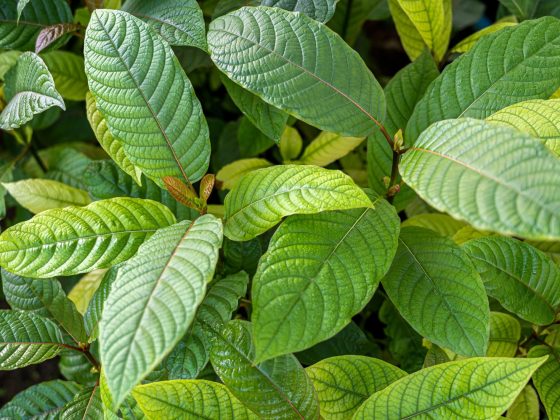The history of Kratom
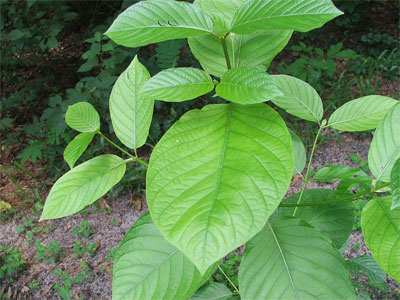 Kratom is increasing in popularity rapidly throughout the United States. The use of this plant can date back to the 1800’s where civilizations used it as traditional medicine. The leaves were often chewed to relieve musculoskeletal pain, increase appetite, increase vitality, and sexual drive. Plant extracts were used as a local anesthetic to treat wounds, intestinal infections, coughs, diarrhea, and removal of parasites. In the past, it was frequently used by workers in labor intensive occupations to fend off exhaustion as well as to enhance their mood or help subdue pain endured on the job. In Thailand, Kratom was used as a snack to entertain guests, as well as, having a part in the connection to ancestors and gods as they performed rituals.
Kratom is increasing in popularity rapidly throughout the United States. The use of this plant can date back to the 1800’s where civilizations used it as traditional medicine. The leaves were often chewed to relieve musculoskeletal pain, increase appetite, increase vitality, and sexual drive. Plant extracts were used as a local anesthetic to treat wounds, intestinal infections, coughs, diarrhea, and removal of parasites. In the past, it was frequently used by workers in labor intensive occupations to fend off exhaustion as well as to enhance their mood or help subdue pain endured on the job. In Thailand, Kratom was used as a snack to entertain guests, as well as, having a part in the connection to ancestors and gods as they performed rituals.
What is Kratom?
Kratom has existed since the 1800’s providing therapeutic relief to people around the world. Kratom, also known as Mitragyna speciosa, is a tree belonging to the coffee family that has been traced back to the Southeast Asia and Africa region. Kratom has a wide variety of uses including: to combat fatigue, improve productivity, creation of natural medical remedies, substitution for opium, decrease pain, and sedation. Anecdotal reports classify low doses of Kratom provide consumers with an increase in alertness, talkativeness, positive change in mood, physical energy. Higher doses of Kratom can often be used to treat chronic pain and sedate valetudinarian.
There are two compounds in Kratom (mitragynine and 7-hydroxymitragynine) that interact with the brain through opioid receptors. This all natural plant is often used to help individuals overcome opioid addiction. Medical professionals often try to stay away from prescribing opioids for pain, leaving patients who previously relied on them without a viable solution for their discomfort. Most people have made the switch from opioids to Kratom as an alternative replacement because of it’s similar pain-relieving properties.
How is it typically consumed?
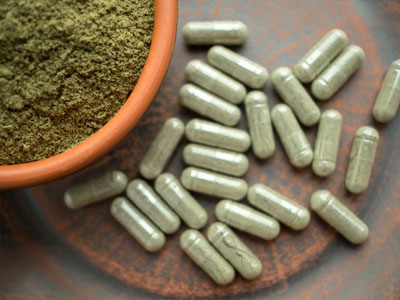 Kratom can be ingested in a variety of ways and has the same effectiveness throughout each method of consumption. In most instances, a powder is dissolved into tea or consumers can chew on its leaves without much preparation. The refined product can also be found in tinctures, extracts, and resin usually found in qualified retailers. Most may also find this natural product in more convenient forms such as: pills, powders, capsules, or premeasured drinks. Most individuals recommend taking it in pill form as it is easier to take and the taste can be off-putting to some. The powder is usually bitter in taste and often paired with a sweetener or mixer. Some consumers would recommend making a drink mixed with lemon juice as the lemon not only enhances the flavor, but also enhances the effects and duration of the beneficial effects.
Kratom can be ingested in a variety of ways and has the same effectiveness throughout each method of consumption. In most instances, a powder is dissolved into tea or consumers can chew on its leaves without much preparation. The refined product can also be found in tinctures, extracts, and resin usually found in qualified retailers. Most may also find this natural product in more convenient forms such as: pills, powders, capsules, or premeasured drinks. Most individuals recommend taking it in pill form as it is easier to take and the taste can be off-putting to some. The powder is usually bitter in taste and often paired with a sweetener or mixer. Some consumers would recommend making a drink mixed with lemon juice as the lemon not only enhances the flavor, but also enhances the effects and duration of the beneficial effects.
How is Kratom used?
Kratom is currently undergoing preliminary research for its possible antidepressant and antipsychotic properties. Further research found that some people who used Kratom as an alternative method to self-treat their conditions such as: acute pain, anxiety, depression, opioid use disorder, chronic pain, and alcoholism. In some accounts, consumers experienced a reduction of stress, temporary enthusiasm, improvement in motivation, and increased drive. Try it out for yourself and you be the judge.
